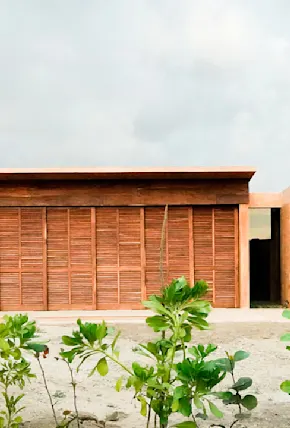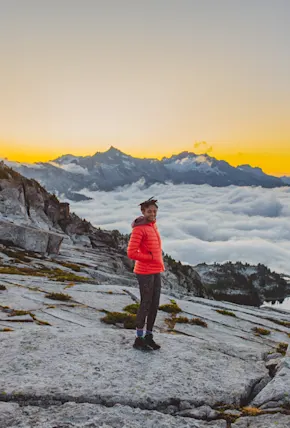On Hormuz Island, a historic port off the southern coast of Iran, sits the Majara Residence, a sprawling community of 200 colorful domes containing residences and various accommodations.
Designed by the Tehran-based ZAV Architects, the community is designed to attract tourists to the small island and serve as an alternative to high-rise developments traditionally used to house visitors.















